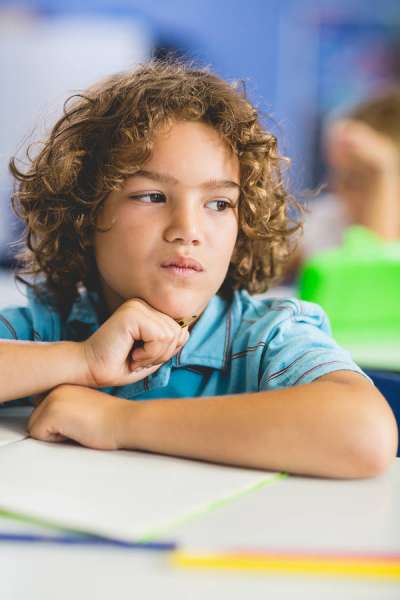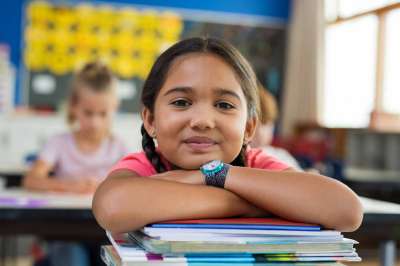Effective Instruction for English Language Learners with Mild Disabilities
This digest describes the Optimal Learning Environment (OLE) Curriculum Guide a Resource for Teachers of Spanish Speaking Children developed to suggest ways of teaching language arts to such students and to suggest specific classroom activities that are compatible with the research on effective instruction. This bilingual special education class model looks for the upper range of the bilingual child's academic, linguistic, and social skills. The following principles govern the OLE curriculum:
Take into Account the Students' Sociocultural Background and Its Effect on Oral Language, Reading and Writing, and Second Language Learning
The following four areas have been identified as important to children from language minority groups: oral language uses, knowledge about print, background knowledge, and sense of story.
Knowledge About Print Background Knowledge Sense of Story
Some children arrive at school already familiar with the use of language in a decontextualized manner, that is, dissociated from shared experience and dependent on precise linguistic formulations. For example, they may come from homes where books were introduced and discussed at an early age; their parents may have modeled, scaffolded, and elicited their narratives about real and fictional events. Children from families with few outside links, however, may not have sufficient experience with specific, precise, topic-centered language to function effectively in a typical language arts curriculum. Educators should not categorize these children as having language disabilities; rather, they should recognize that a sociocultural factor has influenced the children's verbal performance and has pinpointed the area that must be addressed by oral language instruction in the classroom.
Another area of sociocultural influence is the knowledge about print that children bring to school literacy tasks. Children begin learning to read and write before they start school and begin to learn letter-sound correspondences. Very early on, they may learn why Dad writes a list before he does the grocery shopping (functions of print); where Mama looks to start to read the storybook (book conventions); and how to read "McDonald's" or "K mart" from commercial signs (environmental print). Research has shown that knowledge in these and similar areas related to print is a precursor to conventional reading.
A third aspect of literacy instruction that is directly influenced by sociocultural differences is background knowledge. Studies with second language learners show that when they read texts congruent with their background knowledge (for example, when Indian students read about a wedding in India rather than a wedding in the United States), they read it faster, recall both the gist and the details better, and summarize or retell it better. Another study shows that second language learners with limited English proficiency can do as well as more proficient students on reading comprehension tasks when they do prereading activities that activate and extend the background knowledge pertinent to the tasks.
The final sociocultural influence on reading and writing involves the development of a sense of story or narrative schema, that is, an internal sense of the usual components of a story: setting, main character(s), problem, attempts to resolve the problem, character reactions to the attempts, and resolution. An optimal learning environment would have children reading and listening to a variety of well-formed stories.















